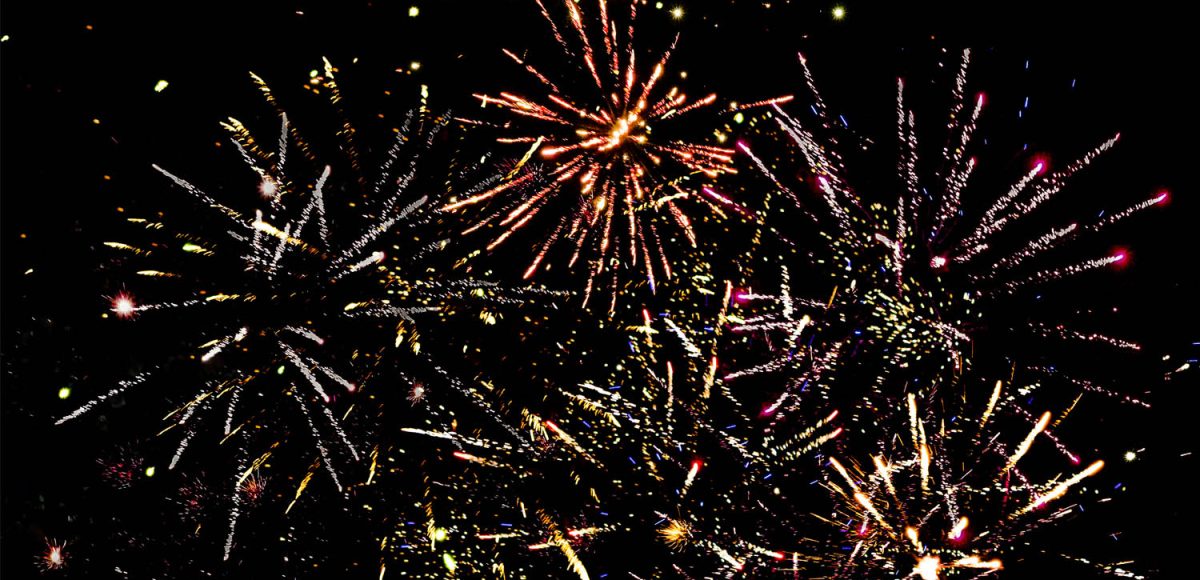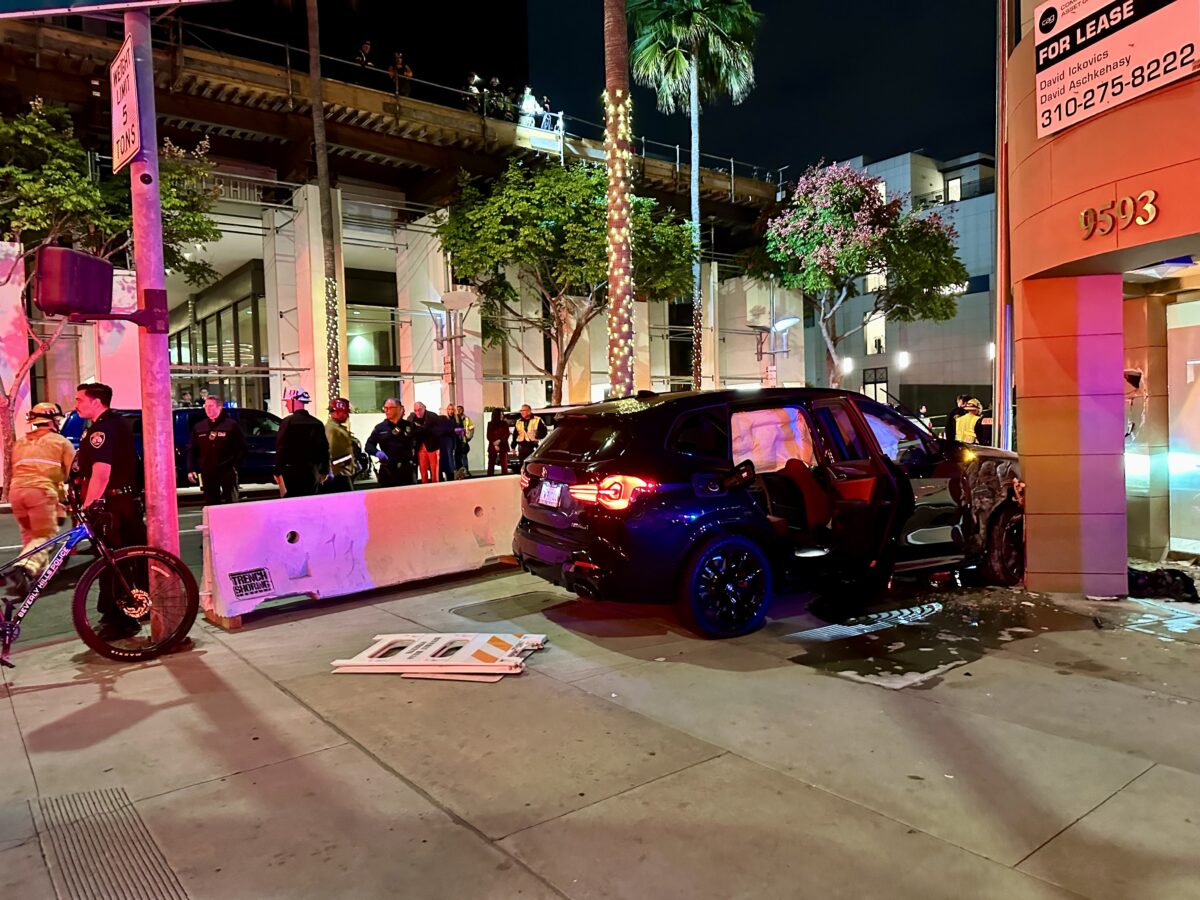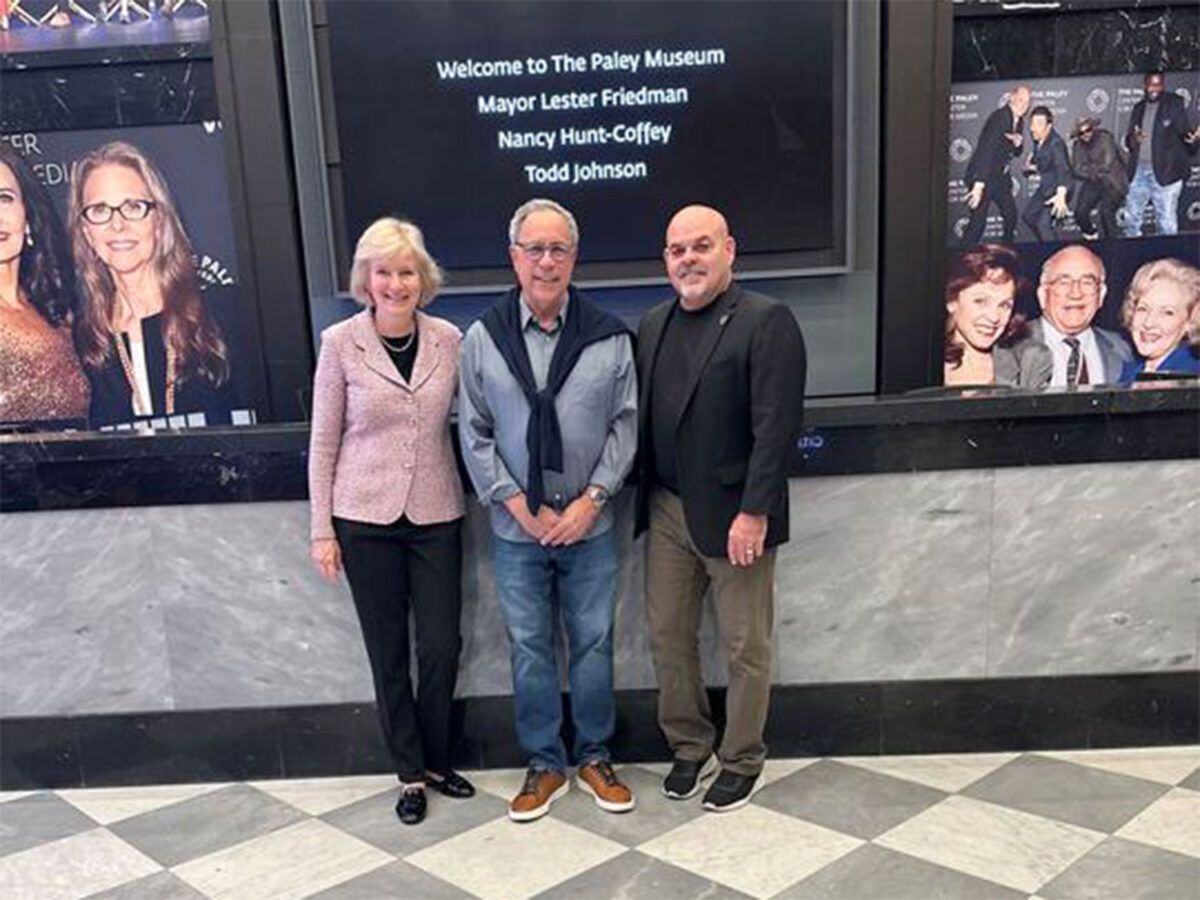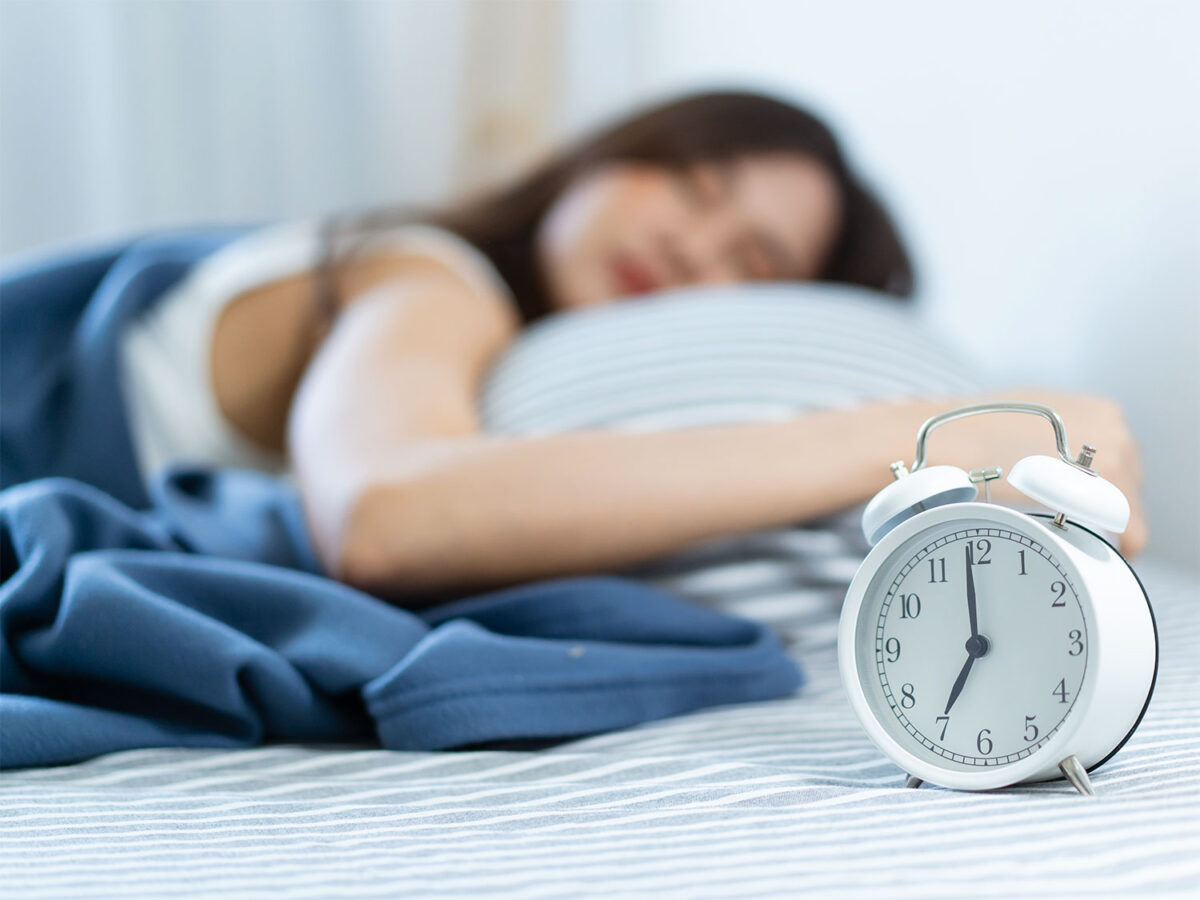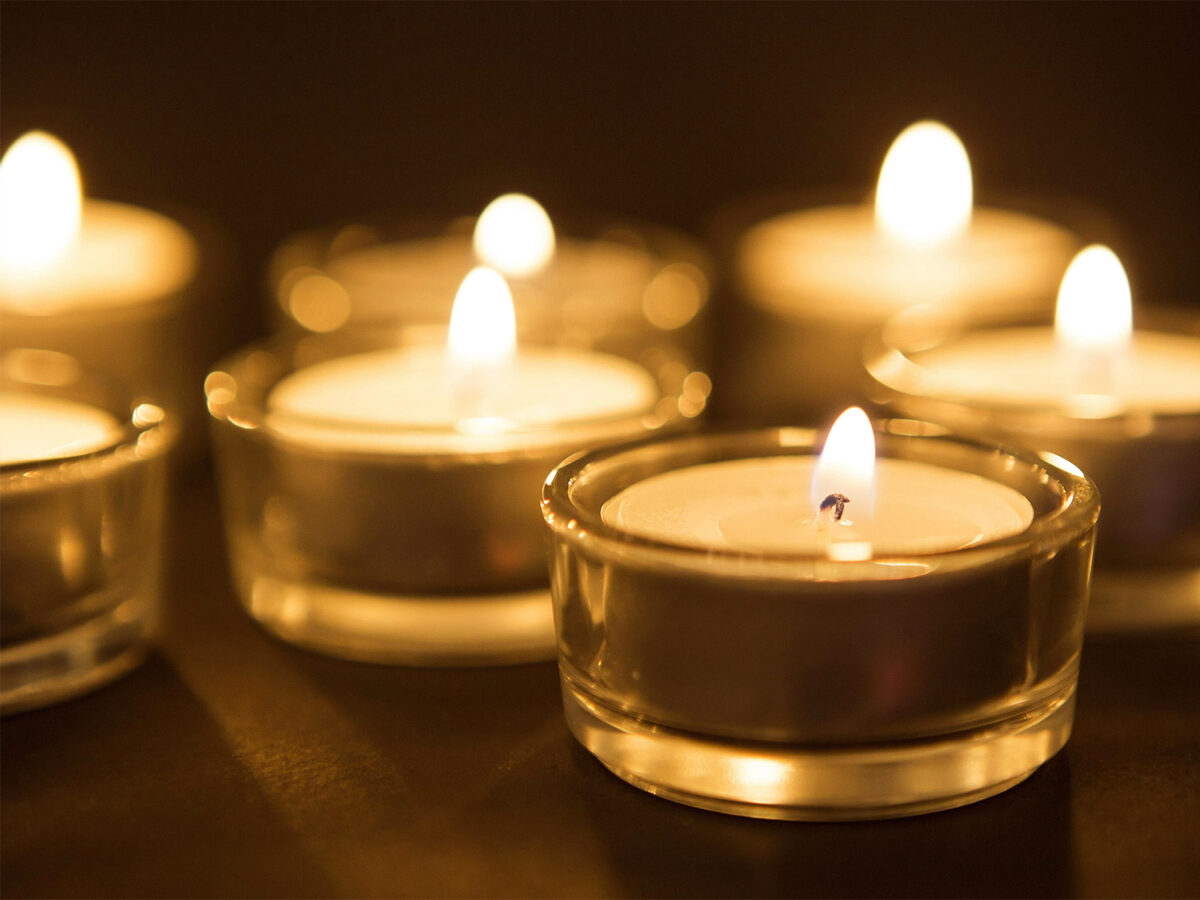As Beverly Hills residents unfurl their picnic blankets, beach towels, and American flags this Fourth of July weekend, doctors and public health officials are warning of an on-going COVID-19 surge and encouraging everyone to take basic precautions.
Barbara Ferrer, Director of Los Angeles County Department of Public Health (Public Health), advised residents to take “several sensible safety measures” over the holiday weekend.
“One of the most important steps we can take to slow the spread of the disease is to make sure the entire household is vaccinated or boosted, if eligible, including the youngest children who can now get the Pfizer-BioNTech or Moderna vaccine if they are at least 6 months old,” she said in a statement. “Residents can also reduce the chance of getting or spreading COVID-19 by wearing a mask and doing an at-home test before indoor gatherings and events. If someone does test positive or feel sick, they should stay away from others to prevent infecting others. As we celebrate this weekend, let’s make an effort to take actions that protect our friends, family members, and co-workers who may be at elevated risk.”
The County is in the midst of a surge of cases, says Dr. Soniya Gandhi, Associate Chief Medical Officer and Vice President of Medical Affairs at Cedars-Sinai. However, the numbers released by the county likely underestimate the real situation on the ground.
“We’re currently dealing with a surge of COVID in Los Angeles County, the scope of which has been underestimated given the increased use of home tests,” Gandhi said in a statement. “It’s likely a large number of positive results are going unreported.”
Even then, data released by Public Health on June 28 revealed a test positivity rate of 12.2%, which has nearly doubled over the last two weeks. The Omicron variant accounts for all of the cases that were genetically sequenced. The World Health Organization advises that 5% test positivity is a sign of high spread in the community.
Part of this alarming spike owes to the end of school, where thousands of kids were routinely screened. Without that feed of routine screening, a greater percentage of tests are for individuals experiencing symptoms or facing exposure.
Nonetheless, other metrics have also been on the rise. County hospitals saw an average of 741 COVID-positive patients per day over the last week, a 27% increase over the last two weeks.
Gandhi acknowledges the reality of pandemic fatigue after more than two years of living with the uninvited, deadly guest.
“Everyone is tired of the pandemic at this point, but if we want to avoid a nasty illness and the potentially devastating effects of long COVID, we can follow a few simple precautions that limit your risk of getting sick,” Gandhi said. “You don’t have to stay home; you just have to be smart.”
Public health officials recommend taking a “Swiss cheese” approach to protecting against the virus, layering multiple slices of protection to cover every hole. Vaccines, although not a silver bullet (especially against newer variants), are one crucial slice of protection, but work best when paired with masking and social distancing.
For those willing to accept the risk of socializing in close proximity, Cedars-Sinai recommends doing so outside or in well-ventilated spaces.
Even “natural immunity” from previous infections is proving less effective against newer variants.
“We have good data showing that people who had the Omicron variant in the winter can be reinfected with the subsequent strains or cousins of the original Omicron,” Gandhi said. “This should give people pause. Just because you’ve had COVID in the past doesn’t mean you have a ‘get out of jail free card’ going forward.”
To this point, at the June 27 Beverly Hills Health and Safety Commission hearing, Vice Chair Dr. Lee Hilborne shared that he had just gotten over a COVID reinfection.
“It was quick and easy this time compared to the pre-vaccine,” he said.
For those traveling in the skies for the holiday, even while masks may not be mandatory on airplanes, they are highly recommended, Gandhi said.
“There are mechanisms on planes to help reduce the risk of spreading COVID-19, including HEPA filtration systems, but if you’re sitting in close proximity to someone who isn’t masked and showing symptoms, you’re more likely to become ill if you’re unmasked as well,” she said.
While not required on planes, masks are mandatory inside Los Angeles airports, per a Public Health order.
“No one is wearing masks at the airport,” reported Commissioner Dr. Erica Felsenthal, who just returned from a trip.



